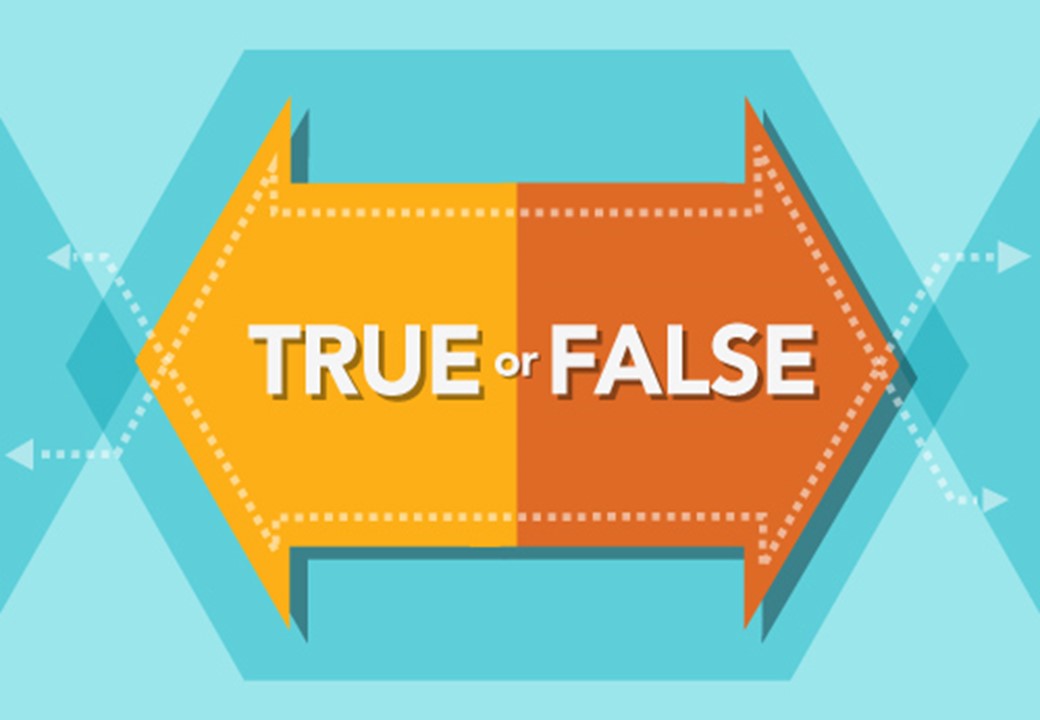
Keep raw foods and cooked foods separate. You can tell if food is still safe to eat by smelling it.įALSE: You can't tell if a food is contaminated with harmful bacteria by looking at it, smelling it or tasting it. Use a fingernail brush to make sure that under and around your fingernails are thoroughly cleaned, especially after using the washroom or changing diapers. Dry your hands thoroughly, preferably with a single use towel.
#2 false and 1 true game skin
Wash the skin between your fingers and the backs of your hands. Rub your hands together using soap and warm water for at least 20 seconds.

By doing this, you will avoid spreading germs when you touch other things around your home. Also wash your hands after handling raw meat and seafood, after using the washroom, after changing diapers, after blowing your nose, coughing or sneezing and after touching pets. TRUE: Wash your hands before handling food. One of the best ways to prevent contaminating foods is to wash your hands. To keep eggs at their freshest, store them in their original carton. Milk and eggs can be stored in the refrigerator door.įALSE: Do not place milk or eggs in the refrigerator door. Avoid overstocking your refrigerator to allow cool air to circulate freely.ģ.Use a lid, aluminum foil or cling wrap to cover the food. Once cooled, refrigerate all leftovers promptly so that they continue to cool quickly.Put the food in a shallow dish so it cools more quickly. Very hot items can first be cooled at room temperature.This slows down growth of any bacteria or bacterial spores that might be present. TRUE: It is important to refrigerate or freeze food within two hours or less. Foods should be put away in the fridge or freezer within two hours. If bacteria are present, they may grow quickly in unevenly heated areas that are above 4☌/40☏ and below 60☌/140☏.Ģ. Cut larger pieces of food into smaller pieces so that they can be heated evenly. Follow instructions on your microwave to find out the time needed to defrost your food. In the microwave: Use plastic containers and wraps in the microwave that have been labelled as “microwaves safe” or use glass.Once the food is thawed, cook it right away. Make sure the water stays cold by changing it every 30 minutes. In cold water: Place food in a leak proof plastic bag and put it in cold water.When thawing raw meat, put it in a container to prevent juices from dripping and contaminating other foods. In the refrigerator: Any frozen food can safely be thawed in the refrigerator.There are three safe ways to defrost food:

Thawing perishable food at room temperature increases your risk of food borne illness.

This is because the outside of the food may reach the danger zone (above 4☌/40☏) before the inside of the food is thawed. It's okay to thaw perishable food like frozen chicken and beef on the kitchen counter or in the sink.įALSE: Perishable food like frozen chicken and beef should not be thawed at room temperature. Pregnant women, infants, seniors and people with a weakened immune system are at greater risk of developing foodborne illness.ġ.The temperature at which you cook leftovers doesn’t matter because it’s already cooked.Fruits and vegetables should be washed, even if you are peeling them.Keep raw foods and cooked foods separate.You can tell if food is still safe to eat by smelling it.One of the best ways to prevent contaminating foods is to wash your hands.Milk and eggs can be stored in the refrigerator door.Foods should be put away in the fridge or freezer within two hours.It's okay to thaw perishable food like frozen chicken and beef on the kitchen counter or in the sink.Take the food safety challenge to test your knowledge on keeping foods safe! True or False? Whether you are preparing, cooking or storing food, food safety is a number one priority.


 0 kommentar(er)
0 kommentar(er)
